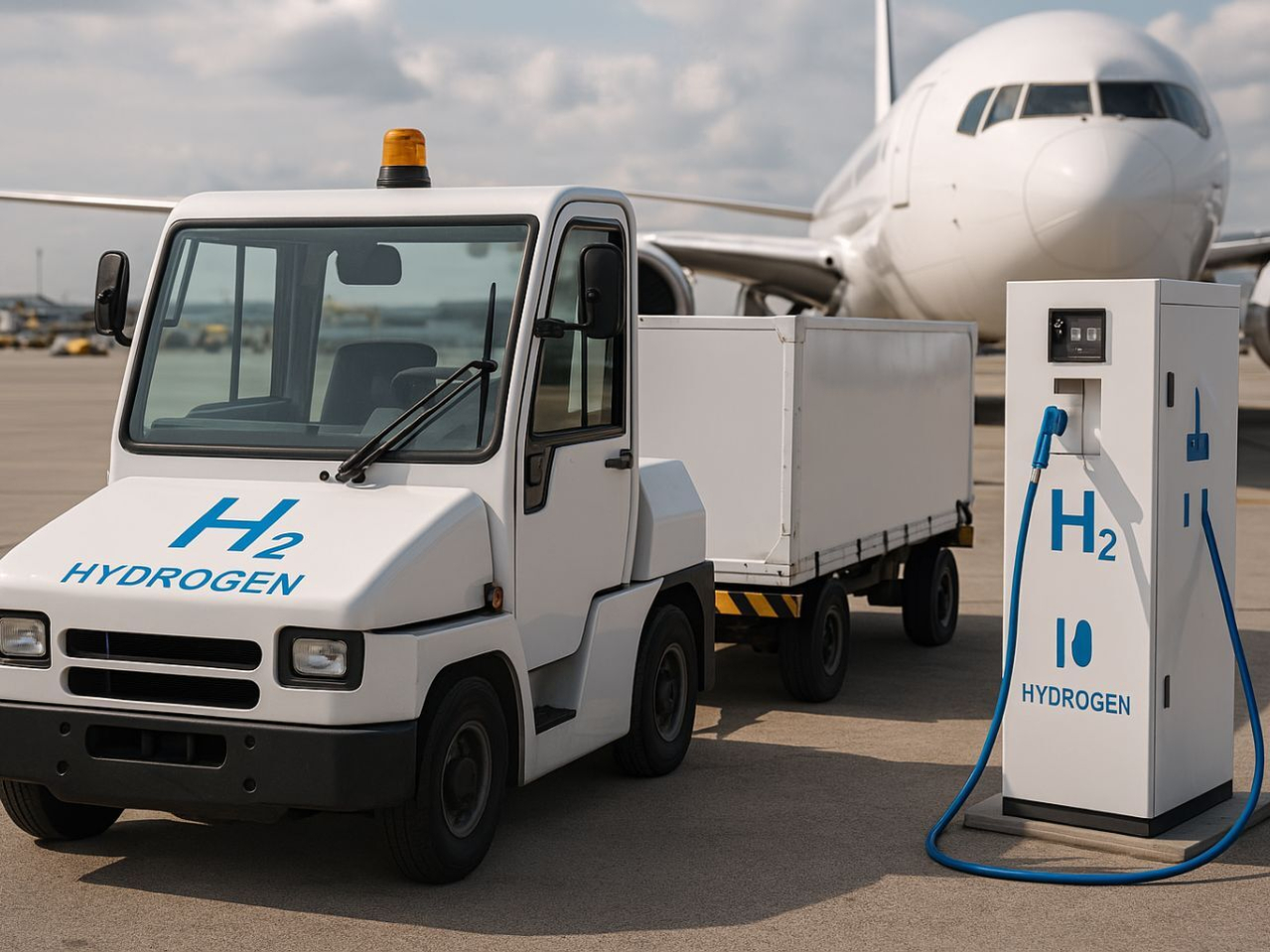
Does hydrogen actually represent the future of road transport?
Long-haul truck transport is one of the most polluting activities in the transport sector, accounting for about 5-10% of total CO2 emissions. Increasing the use of hydrogen as a fuel is therefore essential on the path to decarbonization.
The National Recovery and Resilience Plan (PNRR) has allocated investments of 230 million euros with the goal of developing hydrogen experimentation on the road through the creation of at least 40 refueling stations for light and heavy vehicles by June 2026. What are the expected results and where do we stand?
Which Fuels for Road Transport?
Once upon a time, there was diesel. For a long time, diesel fuel was practically the only solution for road transport. Today, there are some alternatives. Methane-powered vans and trucks certainly represent a step forward in reducing emissions, but it's still not enough.
In the meantime, the automotive sector has experimented with various possibilities. Although hydrogen as a fuel for cars was initially considered a promising solution, the market currently favors battery electric vehicles (BEVs).
Thus, pending further developments, hydrogen technology in this sector is mainly involving road transport: much more convenient than burdening trucks with heavy batteries that would take up space for goods. Moreover, hydrogen cylinders in heavy vehicles are much more protected than those in a car, so the risk of deformation or breakage in case of an accident is significantly lower.
However, to bring hydrogen fuel road transport to scale, infrastructure is needed first and foremost. This is what is being attempted with PNRR funds.
Hydrogen Experimentation for Road Transport: Where Do We Stand?
The 230 million euros allocated by the PNRR will be used to develop at least 40 hydrogen refueling stations by 2026 to provide the necessary infrastructure for the widespread use of this fuel.
Priority has been given to strategic areas for heavy road transport: along highways, near ports, and close to logistics terminals. In particular, the stations will meet the needs of strategic road axes such as the Brenner, the west-east corridor from Turin to Trieste, and the European Ten-T networks. The stations will be usable not only by heavy vehicles but also by cars and will operate at pressures up to over 700 bar. The network's development will be in line with the EU Directive 2014/94 of October 22, 2014, for Alternative Fuel Infrastructure, aimed at creating hydrogen-powered green corridors for heavy trucks.
As of September 2023, all public tenders for the development of hydrogen refueling stations have been awarded, with a few months' delay from the March 2023 target. Now it remains to initiate the development of the 40 refueling stations for light and heavy vehicles, to be completed as planned by June 2026.
In this phase, we at Interfluid are also developing projects for the technological transition. The main one is a pilot project for a hydrogen refueling station in partnership with Cedem - one of the most important Italian manufacturers of refueling systems.
Expected Benefits and Future Challenges
Decarbonizing the transport sector is essential to achieve the European Union's climate and environmental goals: a 55% reduction in emissions by 2030 and carbon neutrality by 2050. It's worth noting that another 300 million euros of PNRR funds have been allocated to convert rail transport to hydrogen.
For trucks and other vehicles used for heavy road transport, adopting hydrogen fuel cell systems would limit pollution due to the use of fossil fuels and thus reduce the environmental impact of goods transport. Compared to electric vehicles, which similarly emit no pollutants and operate at low temperatures, hydrogen vehicles offer high autonomy and refueling speed comparable to combustion fuels, without bulky batteries.
The implementation project of 40 refueling stations at crucial road traffic nodes will bring other advantages. Firstly, it is pushing the industry to improve field technologies; moreover, it will also allow the renewal of roads and key transport hubs where new refueling stations will be installed.
The main challenges being tackled to make the hydrogen transport system efficient are higher fixed costs and - precisely - the lack of infrastructure. Pending the 40 new plants, there are only two active distributors in Italy - in Bolzano and Mestre. This affects the final sale price.
Furthermore, it will be up to companies developing hydrogen systems to overcome current technical obstacles with increasingly efficient technologies, such as storage, transport, and performance improvement.
If research and development efforts are rewarded and policies continue to support technology development, then hydrogen can indeed be the future of road transport. Therefore, we continue to work on it.



